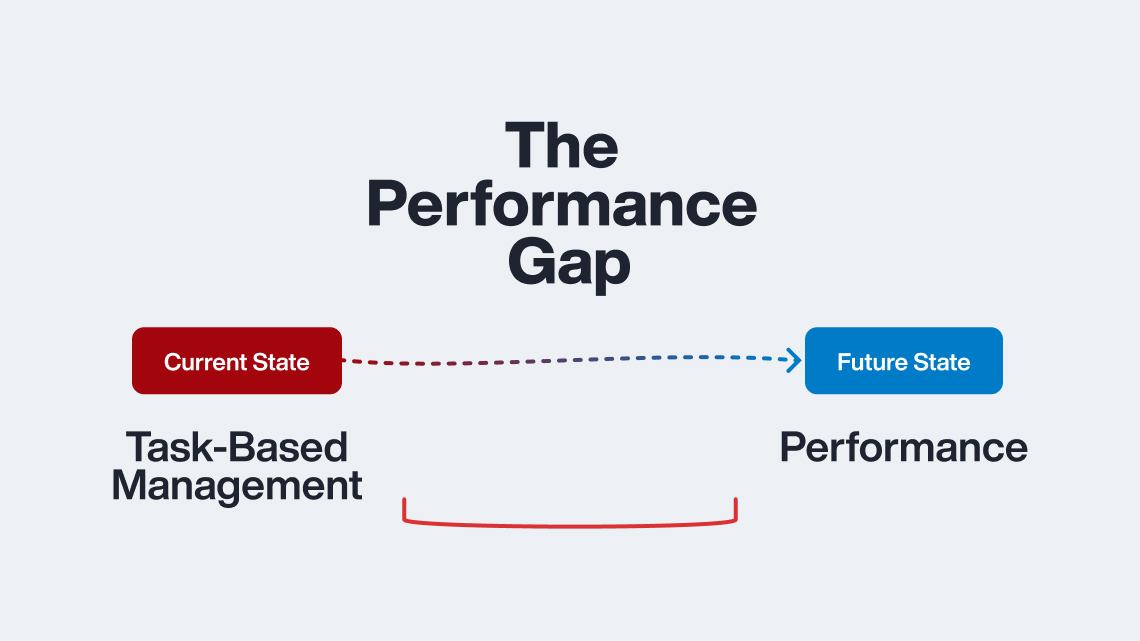Published on January 13th, 2017
By Rachel Jefferson
 When people think about rent control in America, their first thought is usually of New York City. According to Forbes, almost half of all rental units in the Big Apple were under some form of rent control or rent stabilization program as of 2015. But renters in other major cities find themselves in a similar situation, including those in Los Angeles, Washington D.C., and many Bay Area locations. Cities with rent control laws also tend to be those that make the lists of the least affordable places to rent apartments. While these rules were created in response to high property values, some critics argue that the laws drive up rental prices, and many property managers find it difficult to turn a profit when bound by strict rent control rules.
When people think about rent control in America, their first thought is usually of New York City. According to Forbes, almost half of all rental units in the Big Apple were under some form of rent control or rent stabilization program as of 2015. But renters in other major cities find themselves in a similar situation, including those in Los Angeles, Washington D.C., and many Bay Area locations. Cities with rent control laws also tend to be those that make the lists of the least affordable places to rent apartments. While these rules were created in response to high property values, some critics argue that the laws drive up rental prices, and many property managers find it difficult to turn a profit when bound by strict rent control rules.
What Is Rent Control?
Typically, rent control regulations tie price increases to inflation or some other metric. The system first started back in the 1970s as a way to limit rental increases when property values soared in some areas. The intention was to keep housing affordable by limiting price increases. At the same time, the standard was meant to allow landlords to make a reasonable profit. According to Forbes, these rules may actually discourage construction and rehabilitation and encourage abandonment. In turn, renters who want to move into an apartment may find prices high because supply has been limited.
How Can Property Managers Profit from Rent Control?
Rent control may not always impact new construction. It only applies to older units that were occupied when the laws went into force. In fact, it’s often true that any new and unprotected units may be able to charge higher rents because of a low supply of housing units in the area. The biggest problem may be for property managers to still turn a profit when they manage units that fall under rent control rules and have for many years.
What can property managers do when they can’t raise rents? Even though the situation makes it tough for landlords to maximize their profits, they may actually enjoy a few benefits:
- Low turnover: Rent controlled units often enjoy a low turnover because the renters know they will have to pay more if they move out to an unprotected property. Landlords should not have to spend as much time marketing and courting new tenants because their established residents are likely to stay put.
- Hardship exceptions: Most cities allow landlords to apply for a hardship increase if the property manager cannot make a minimum profit for their investment. These may vary by city and could take an attorney to help facilitate. Still, if the property is losing money, asking for an increase seems like a better solution than abandonment.
- Property investments: While rent controls can make it tough to maximize profits, some property management companies have benefited from the obstacles faced by previous landlords. Rather than abandoning a property, the old owner may prefer to sell it at a discount. A lower investment may make the property profitable again.
- Property conversions: Inside a rent controlled area, the rules probably allow for charging higher rents for properties with more features. For instance, it might be possible to add a laundry room to justify a rental increase. Landlords might also get permission to charge more if they can convert a large studio into a one-bedroom unit or combine two smaller apartments into a larger one.
Public officials and real estate experts may debate the pros and cons of rent control for some time. Meanwhile, landlords may have to employ some creative solutions in order to maximize their returns when they can’t resort to raising the rent as much as they would like.









Comments by Rachel Jefferson
How Not to Get Sued in 2017
Hi Adrienne, thanks for your comment. While this webinar is ...
Eat. Sleep. Hack. Repeat. AppFolio Gets Back to Basics with Annual Spring Hack Day
Hi Beverly! Thanks for the feedback! We love hearing ...
4 Growing Property Management Businesses Share Their Secrets to Success
Thanks Ridley!
Homeowners Associations vs. Property Management – What’s the Difference?
Hi Derek, thanks for your comment/question. HOAs do have ...
Is Affordability a Real Concern in the Portland Rental Market?
Jared - According to Axiometrics 2016 market predictions, ...